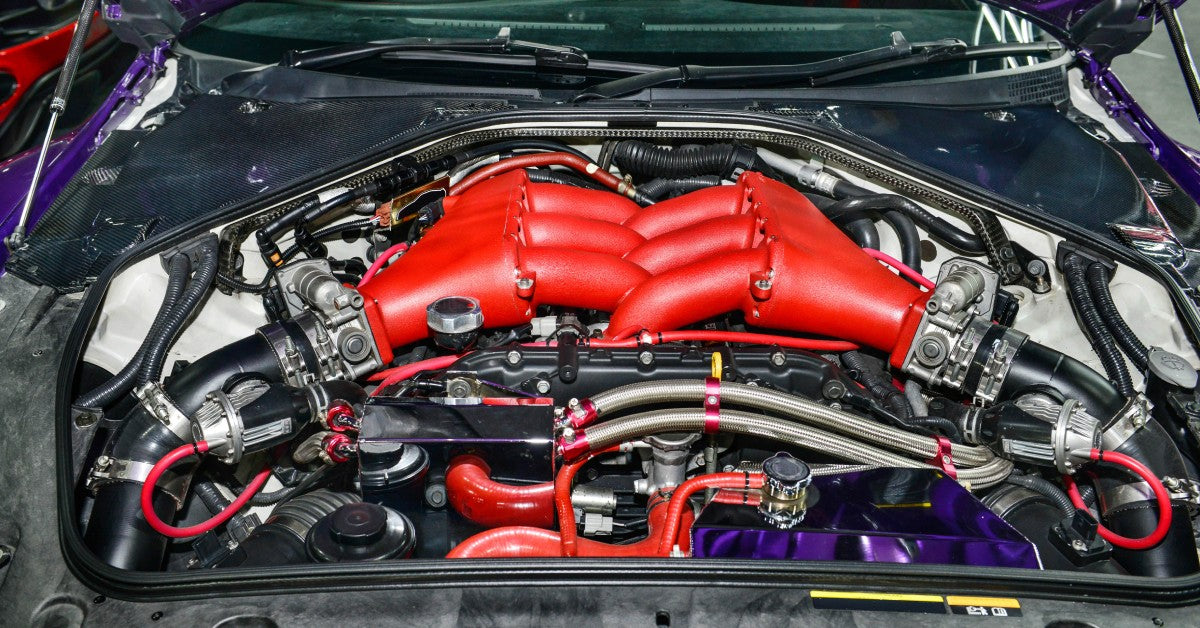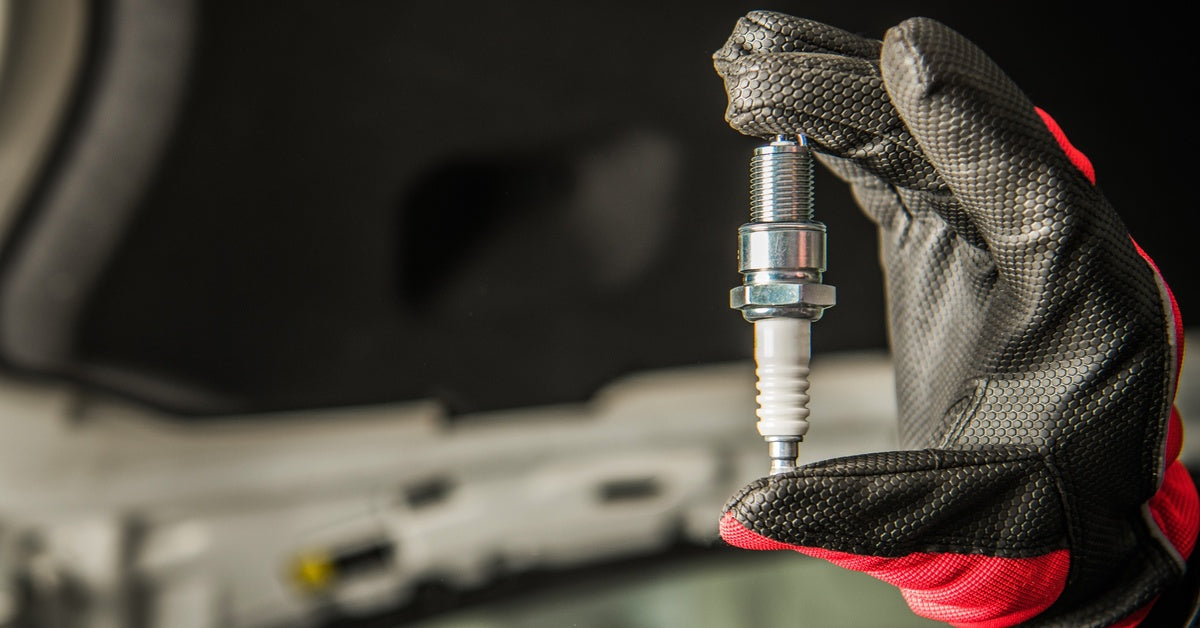
Consumers, carmakers, and all-around driving enthusiasts are flocking to the North American International Auto Show in Detroit. The annual event comes on the heels of the Consumer Electronics Show in Las Vegas, which has an entire section dedicated to automotive technology. Top of the list at both shows are companies debuting vehicles, software, and hardware for self-driving vehicles. The topic of autonomous driving has become a big one in recent years, mostly because more companies and investors are getting in on the action. This technology is developing quickly and we are not too far away from taking rides with robots.
Despite all the glitz and glamour accompanying this development, security is still the hot topic. In 2015, two hackers named Charlie Miller and Chris Valasek made headlines by showing how easy it was to remotely hack a Jeep Cherokee through an internet connection. The demonstration proved how vulnerable current technology already is and highlighted the importance of additional security measures for future automotive software. Since then the pair have been working with Uber to find ways to solve security problems for their hopeful fleet of self-driving rideshare vehicles.
Vehicles on the road today already have several driving-assist features such as cruise control, assisted parking, and advance emergency braking. In the case of a fully automated vehicle, every aspect from acceleration, wheel turns, and emergency systems will be under the control of hundreds of thousands of lines of code, all of which are vulnerable to hackers. Instead of trying to solve the problem themselves, some automakers are turning to software companies like BlackBerry for the answer. The former mobile phone developer has turned its attentions toward software, in this case Jarvis, a SaaS (Software as a Service) program, which reviews and reveals vulnerabilities in autonomous driving code. The company touts that this powerful tool is affordable, scalable, and accurate which is very intriguing to automakers.
While there are still many cyber security obstacles to overcome, legalities to navigate, and public opinion to sway, the future of driverless cars will end up being here before we know it.







